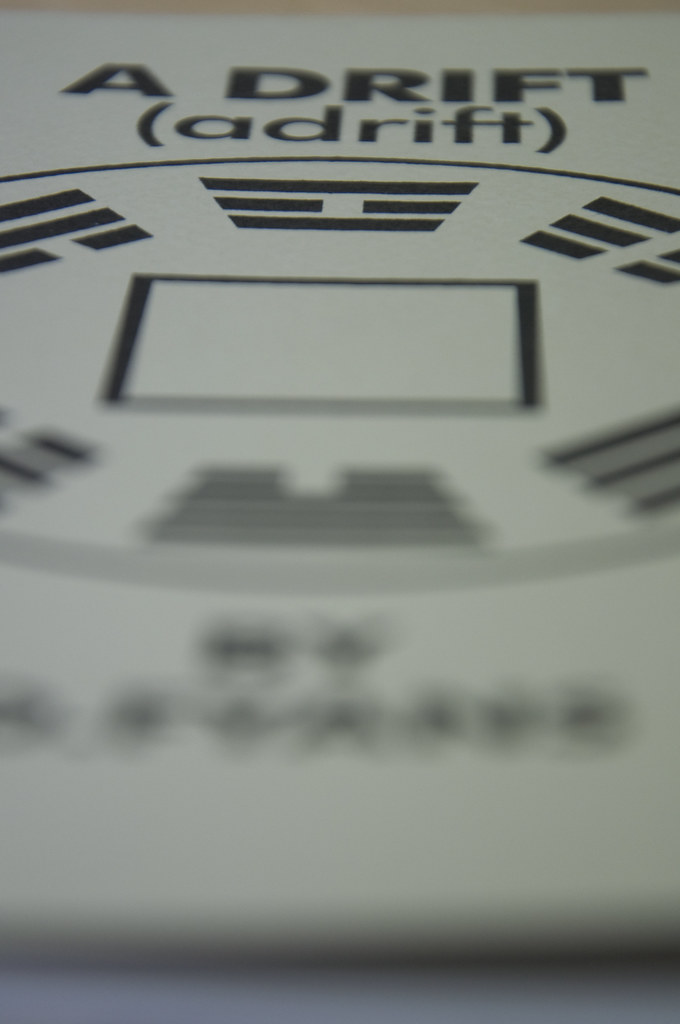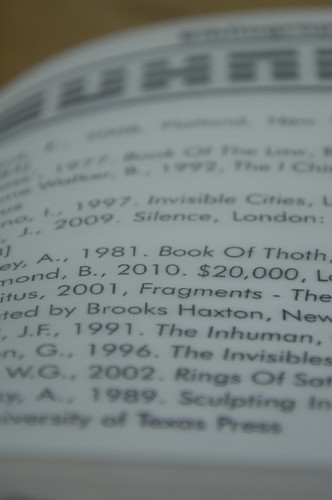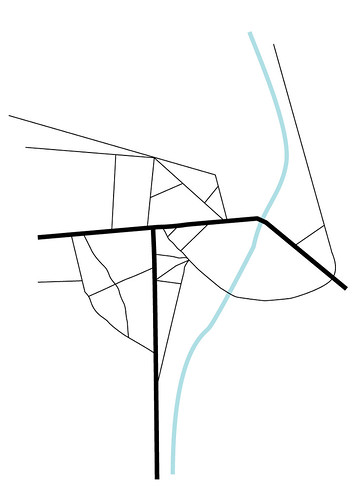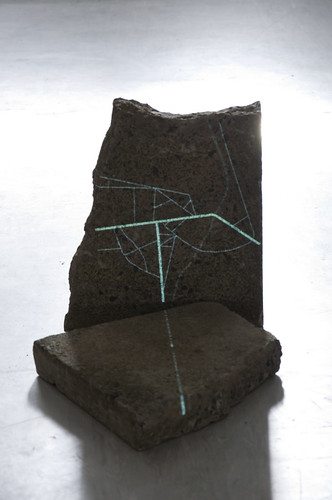Time for a little update on some bits and pieces that have been occurring round these parts I guess. It’s a bit full on, feel free to dip in and out as you like.
Adrift (a drift)
Concept:
‘Position your practice in a critical/theoretical/philosophical/broader art/social context.
Create understanding of your work in relation to research; explore through a process that orbits, and/or penetrates your production.
Consider the art of writing itself; not just as a tool or technique for the translation of ideas or works. Consider your research processes and writing approaches as knowledge production; some people argue that research is embedded in production.
Be conscious of the formal aspects of your writing, experimenting with language and structure, not using text as a simple transfer of ideas.
Think about how a piece can be written to reveal its meaning in different layers, some accessible and some not, depending on the reader’s ability to recognise and follow traces and to use their imagination.’
Execution:
From reading ‘Silence’, a book of lectures and essays by John Cage, who I have been a fan of for some time but never formally studied, I have finally been motivated to investigate the system of the I-Ching as a divination tool and chance operator generation.
I have taken four headings from The I-Ching or Book of Changes which I feel resonate with my approach to my practice and used the corresponding hexagrams as the method of typesetting the body of the text. This mirrors much of the tone of the written material which focusses on the transience and ephemerality of thought.
In order to avoid a narcisistic tone in attempting to write about my practices in a formal manner, I decided to adopt a conversational tone approaching some of the general methodology, philosophy and investigations that feed into my practice rather than focussing on the specifics of the work I create, the driving concepts or mediums in which I operate and the drawing of explicit influences. Quotes have been used sparingly to provide a counterpoint and open up potential avenues of discourse rather than being used to specifically illustrate points made within the text. These quotes appear at a lesser opacity than the written works highlighting the space between my text and that of my influences although they are still visibly related but exist on slightly different planes.
The centre pages contain a visual piece, at its centre lies the unicursal hexagram, a Thelemic expansion on ‘the endless knot’ around which are placed the 8 possible components of an I-Ching operation, the radiating circles represent ripples of thought expanding outwards from the central point of enlightenment.
The piece has been printed on transparent 110gsm vegetable vellum in order to highlight the mutability and intransience of the words contained in the text. An A5 booklet has been produced in the already established format of NTC Publishing series under which I published works for my degree show which draws on the aesthetics of field guides and produces an enjoyably tactile physical product that is identifiable as part of a collected sequence of works.


You can view the full .pdf here or more images here.
A Map of Non-Space #1
Concept:
‘These are the towns of light, built from remembered brick, conjectured beam, that stand in Hilbert space, a plane of concept and idea where thought is form. Where the recalled smell of fresh paint upon forgotten stairs is an event in place and time.’
(Alan Moore, The Moon and Serpent Grand Egyptian Theatre of Marvels, 1996)
‘Sur la pavé, la plage’
(anonymous 1968)
I often like to mentally play around within this particular maxim, appropriated by the Situationists after its appearance on the walls of Paris in 1968.
In the spaces between things, inspiration and direction may be found. The mundane and overlooked can be utilised as a vehicle for divination, discovery and perspectival shifts.
By investigating the cracks in the pavement, an unknown and unplanned factor, formed through physical stress, structural or geological inconstenices or weather based erosion, and using this study in a psychocartographic manner, maps of new non-space can be realised, maps of potential and light, inhabited by spectres of our imagination.
Execution:
A series of images were taken of cracked paving slabs and then printed, arranged and rearranged into a collaged layout allowing for the natural continuation of lines and pathways.
Once the selection had been shaped, the images were arranged digitally and a vector map was constructed. Thickness of lines were used to denote main roads and one line logically stood out as a waterway. The map, while devoid of detailed information, suggests the topography of a town or cityscape, the routes can be mentally traversed.
Following the in-depth investigation into non-space that I had undertaken into the Island of Chronacair as part of A Return, I made the conscious decision to leave it as a blank canvas for the viewer to impose their own speculation and detail onto rather than prescribing the information.
This new map, made out of the cracks in the pavement, is then projected onto found material in the form of broken concrete paving slabs creating a discourse of cause and effect, the map of non-space being realised in light, a non-corporeal manifestation of thought back into the medium which brought it into being in the first instance.



More images can be viewed here.
I warned you it was going to be a long and rambly one.
D
